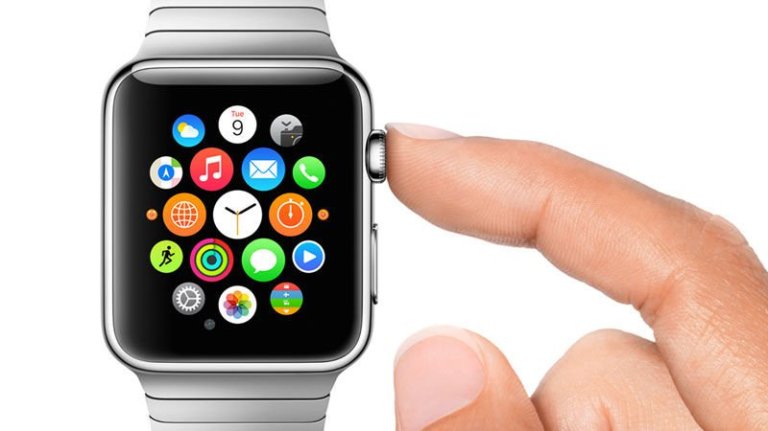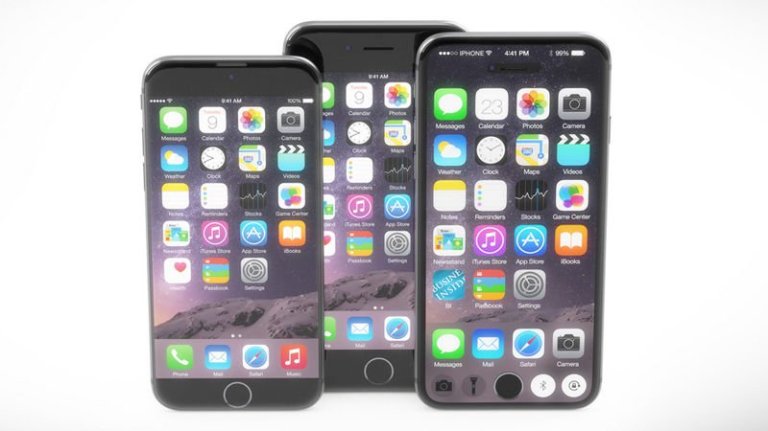Great year ending . Welcome 2016 Apple’s world .
Apple predictions for 2016: New Apple Watch
Apple hasn’t exactly bet the farm on its Watch. It was launched with appropriate fanfare, but the company’s played it slow and sure since then. In store display areas are discreet, and overshadowed by its longer-established lines. Perhaps it realises that a fair few of us are waiting for the first revision.
Expect that to come in 2016 – around April, when the original model will be 12 months old. If anything appears between now and then it’s likely to be another big-brand collaboration, like the one it rolled out with Hermes back in September. Jumping in bed with a sports brand like Nike – with whom Apple has worked before – would be a logical fit, and give Watch Sport more weight in the fitness arena.
The first revision will almost certainly be an extensive upgrade to bring it in line with its most ambitious competitors, so we’re expecting an Apple Watch 2, rather than an iPhone-style ‘S’ variant. We’re also expecting it to be an entirely stand-alone device, along the lines of Samsung’s Gear S2, which connects directly to the cellular network, bypassing the Galaxy Phone entirely.
This might seem illogical if you considered the Apple Watch to be a stealth marketing tool for increased iPhone sales, but it wouldn’t be the first time Apple has broken an explicit link between two core products to boost the sales of the newcomer. Think back to its original strategy with the iPod, which was to use it as a Trojan for the Mac (it required a FireWire-enabled computer running iTunes which, at that time, wasn’t available on Windows). Only when it produced a PC version did the iPod really fly, and change the company’s fortunes forever.
Why do we believe it’s going to do that here? Aside from the need to compete with Samsung it’s because watchOS 2, which rolled out on 21 September, made it possible for the first time to run third-party applications directly, without using the phone as a data conduit. Building in full-blown phone-free comms is the next logical step.
This will require some additional components – in particular a SIM card and associated circuitry – but advances made in the last 12 months suggest that shouldn’t be a problem. The S1 processor in the current Apple Watch is built using the same 28 nanometer process as the chip in the iPhone 5S, which was current while Apple was closing Watch’s development cycle. Since then, we’ve seen both the iPhone 6 and iPhone 6s hit the shelves, and they use a considerably finer process, with their A9 processors built using a 14 nanometer process. Assuming Apple develops a new chip – likely called the S2 – for its second-generation Watch, it’s reasonable to assume that it will employ the same 14nanometer process and, rather than slimming the wearable, use the reclaimed space to bolster its built-in features.
Other notable omissions from Apple Watch that could be addressed in the first revision are native GPS, additional health sensors and a higher capacity battery, not necessarily to deliver a longer work time, but to deal with the additional load of the bolstered range of sensors and comms.
Apple predictions for 2016: iPhone 7
We’ve already had an ‘S’ model since the last full update, so expect 2016’s iPhone 7 to be a more extensive revamp. Pundits are forecasting the death of the home button, which we don’t think many would mourn. Adopting soft buttons, as are common on Android devices, makes sense, and it would allow Apple to increase the screen size without bulking up the physical body. Conversely, it may reclaim the lost space to produce a smaller device with the same 16:9 aspect screen as it employed in the iPhone 5, 5S and 5C to tempt an upgrade out of anyone who was put off by the iPhone 6 and 6S’s wider, taller bodies.
It would still need to accommodate a fingerprint reader, which is key to Apple Pay, but there’s no reason why this couldn’t be moved to the side of the case or sited by the earpiece, on the opposite side to the front-mounted camera.
Building the iPhone 7 around an AMOLED screen – as used in the Apple Watch – would make sense on several fronts, as it’s less power hungry than the LCD technology Apple currently uses, can display more colours and is more responsive, but it seems unlikely that Apple will roll it into the iPhone any time soon. Analyst Ming-Chi Kuo of KGI Securities, believes the company will persevere with LCD for several years, and with Apple suppliers building new LCD factories in China to satisfy future demand, it looks like he could well be right.
source : macworld.co.uk

